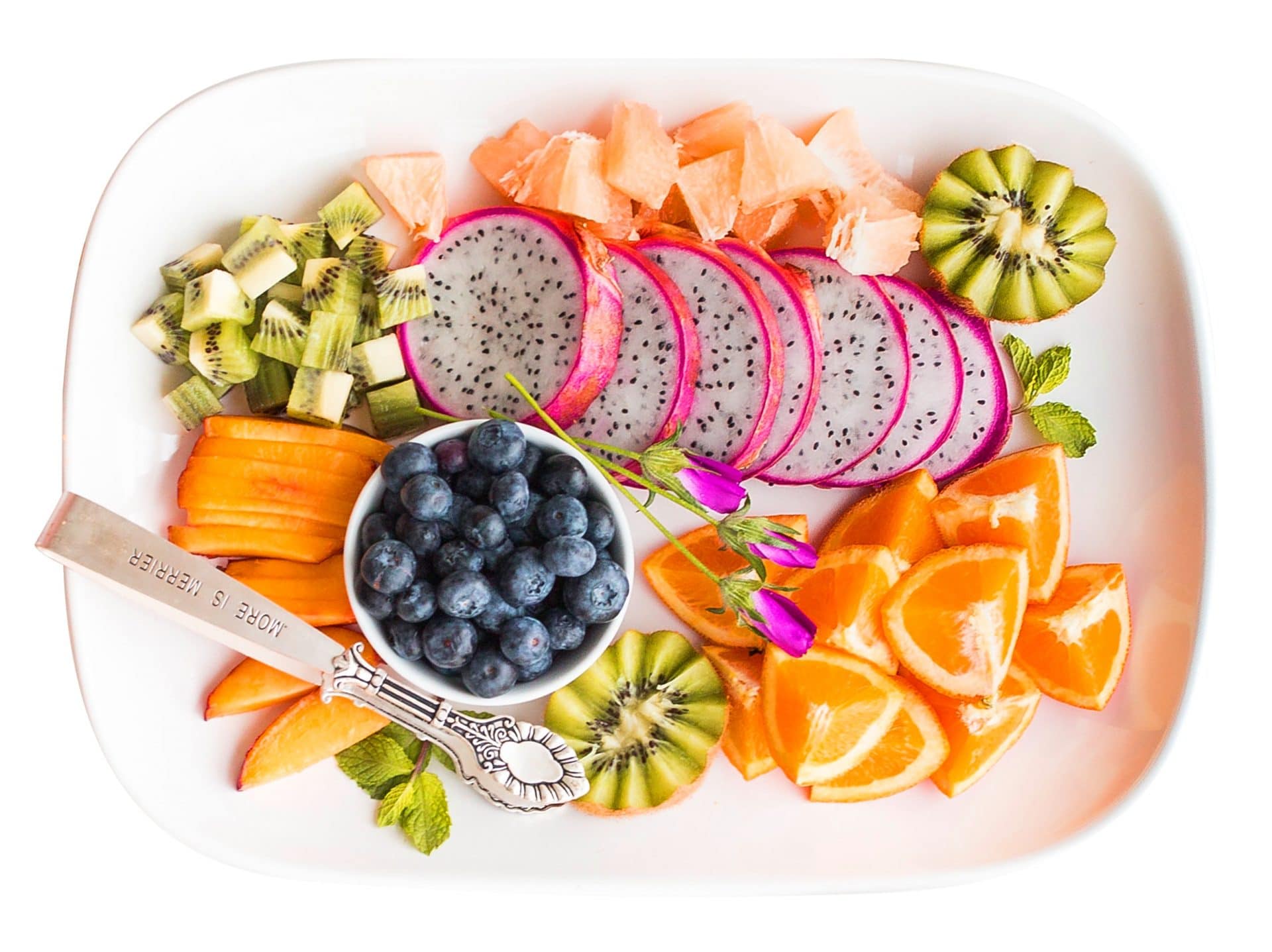Written by Caitlin Schille, MPH
By this time of the year, many people have given up on their well-intentioned new year’s resolutions to eat a healthier diet. Perhaps one reason for this failure is that people aren’t quite sure what a healthy diet actually is. If you do a Google search of “healthy diet,” millions of hits instantly appear. A quick skim of the results shows a lot of different options—low sodium, the Mediterranean diet, low fat, gluten free, Paleo diet—and the list goes on and on. How is anybody supposed to sort through all of the information and figure out what diet is best? Let’s take a closer look at some popular current diets.
Weight Watchers- Grade: D
The premise of the Weight Watchers program is that certain foods and their quantities are deemed to have a certain number of points, with program participants being allotted so many points in a day. Sure, this can teach first time participants what a proper portion of food looks like, but assigning points to foods can lead to obsessive calorie-counting and a subsequent unhealthy relationship with food. From a health behavior standpoint, this diet promotes habits that can lead to a poor relationship with food and body. The program promotes itself as the “#1 Best Diet for Fast Weight Loss.” To be sustainable, weight loss should be slow. Any diet that promotes itself as a tool for quick weight loss is a red flag. Furthermore, restricting how much food you eat, basically starving yourself, often leads to future binge eating.
Flexitarian Diet- Grade: A-
The Flexitarian Diet is a mostly vegetarian diet but meat is definitely okay. This diet promotes eating lots of plant-based foods such as fruits, vegetables, whole grains, nuts, and beans. You don’t have to give up any foods though—the diet suggests that you start by having 2 of the 7 days of the week be “meatless.” This diet gets a great grade from us because it promotes eating super healthy plant-based foods but doesn’t outlaw any foods. It promotes a healthy balance and is a realistic long-term diet. It also doesn’t try to restrict portion sizes, and the goal of this diet is health, not weight-loss.
Gluten-Free Diet- Grade: C+
For those with gluten allergies, following a strict gluten-free diet is very important for health. However, among the population at large, there seems to be a big misunderstanding about what gluten is. It’s just a grain protein and is not bad for you unless you have an allergy. Those who follow a gluten-free diet of their own volition may feel better just because by avoiding foods with gluten, they’re avoiding most junk food—pizza, chips, cookies, candy, etc. They may also see health benefits because they might eat more fruits and vegetables, since these are food groups that are gluten free. However, most dieticians would advise against completely cutting out healthy food groups (such as whole grains!) if you don’t have an actual allergy. If you buy specialty gluten-free items such as gluten-free bread, a gluten-free diet may be more expensive than a regular diet too.
Paleo Diet- Grade: B-
The Paleo diet wants you to eat like humans supposedly did thousands of years ago. This diet includes eating fruits, vegetables, nuts, and meat, and completely outlaws grains, dairy, and beans and peanuts. The Paleo diet is simply not sustainable long-term for most people. Most dieticians advise against completely cutting out otherwise healthy foods such as whole grains, dairy, and even beans and peanuts. Whole grains, dairy, and beans and peanuts are all great for a healthy diet. By outlawing foods and making them “bad,” this diet can promote disordered eating habits and an unhealthy obsession with food and body. However, those who follow this diet do consume lots of fruits and vegetables, which is great for your health.
Keto Diet- Grade: C
The Keto diet is built to put your body in a state where it’s burning dietary and stored body fat for energy, rather than sugar, which is the more typical source of fuel. This means you’re eating lots of fats and a moderate amount of proteins, and very little carbs. Entering ketosis (the state where your body is breaking down fats instead of sugars) is not unhealthy, and can lead to more weight loss than other diets. We also like that the diet focuses on finding and avoiding hidden sources of sugar, and eating healthy fats. But, the keto diet asks a lot of its followers, especially with how few carbs most plans allow, meaning it might not be a viable long-term solution for dietary lifestyle. Also, some may experience fatigue, difficulty thinking clearly, bad breath and blood sugar drops for the first few weeks while the body is getting used to ketosis. Some medical professionals warn that urine pH can become more acidic, increasing the risk of kidney stones. Lastly, whenever you cut out a macronutrient, you may be missing out on micronutrients, so a multivitamin/supplement may become necessary.
Out of these four popular diets, we most recommend the Flexitarian Diet. It promotes a healthy diet without severely restricting portion sizes and without completely eliminating any foods. It promotes health rather than weight loss.




No Comment